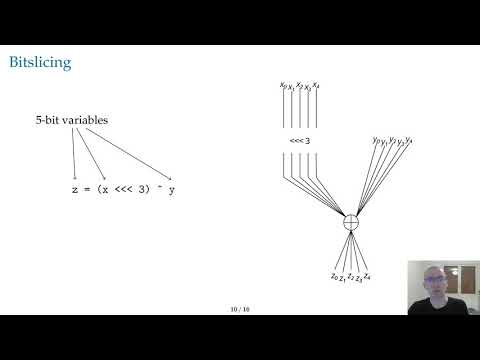Welcome to the resource topic for 2020/506
Title:
Tornado: Automatic Generation of Probing-Secure Masked Bitsliced Implementations
Authors: Sonia Belaïd, Pierre-Evariste Dagand, Darius Mercadier, Matthieu Rivain, Raphaël Wintersdorff
Abstract:Cryptographic implementations deployed in real world devices often aim at (provable) security against the powerful class of side-channel attacks while keeping reasonable performances. Last year at Asiacrypt, a new formal verification tool named tightPROVE was put forward to exactly determine whether a masked implementation is secure in the well-deployed probing security model for any given security order t. Also recently, a compiler named Usuba was proposed to automatically generate bitsliced implementations of cryptographic primitives. This paper goes one step further in the security and performances achievements with a new automatic tool named Tornado. In a nutshell, from the high-level description of a cryptographic primitive, Tornado produces a functionally equivalent bitsliced masked implementation at any desired order proven secure in the probing model, but additionally in the so-called register probing model which much better fits the reality of software implementations. This framework is obtained by the integration of Usuba with tightPROVE+, which extends tightPROVE with the ability to verify the security of implementations in the register probing model and to fix them with inserting refresh gadgets at carefully chosen locations accordingly. We demonstrate Tornado on the lightweight cryptographic primitives selected to the second round of the NIST competition and which somehow claimed to be masking friendly. It advantageously displays performances of the resulting masked implementations for several masking orders and proves their security in the register probing model.
ePrint: https://eprint.iacr.org/2020/506
Talk: https://www.youtube.com/watch?v=XJeg-cyqQtg
See all topics related to this paper.
Feel free to post resources that are related to this paper below.
Example resources include: implementations, explanation materials, talks, slides, links to previous discussions on other websites.
For more information, see the rules for Resource Topics .
